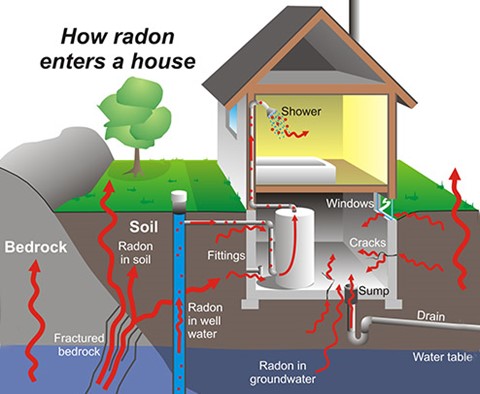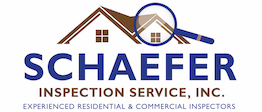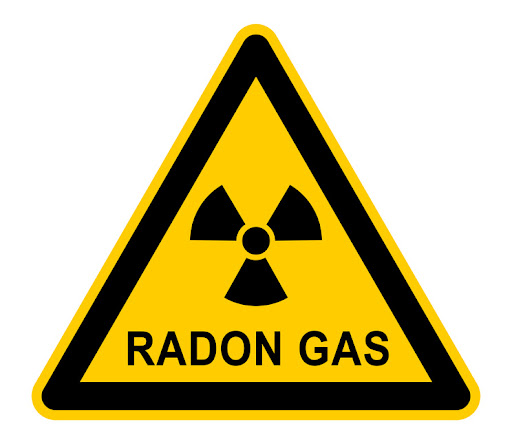Unveiling the Hidden Threat: Radon in the USA and Connecticut
What is Radon?
Radon, a colorless and odorless gas, is a silent intruder that can compromise the air quality in our homes. In the United States, and particularly in states like Connecticut, understanding the nuances of radon exposure is crucial for safeguarding our health. Let’s delve into the world of radon, exploring its origins, risks, and the importance of testing and mitigation.
Understanding Radon
Radon is a naturally occurring radioactive gas that results from the decay of uranium in soil and rocks. It can enter homes through the ground and accumulate to hazardous levels. Being heavier than air, radon tends to concentrate in enclosed spaces, posing a significant health risk when inhaled.
Radon in the USA
The prevalence of radon varies across the United States due to geological factors. According to the Environmental Protection Agency (EPA), about one in 15 homes in the U.S. has elevated radon levels. Radon is the second leading cause of lung cancer, responsible for approximately 21,000 deaths annually.
Connecticut’s Radon Landscape
Connecticut, with its diverse geological composition, is not exempt from radon concerns. Areas with granite and metamorphic rock formations tend to have higher radon potential. The Connecticut Department of Public Health (DPH) emphasizes the importance of testing homes, especially in regions where elevated radon levels are more likely.
Health Risks Associated with Radon
Exposure to radon increases the risk of lung cancer, particularly for non-smokers. The EPA estimates that radon is responsible for about 12% of lung cancer deaths in the U.S. annually. Long-term exposure to elevated radon levels can have serious health consequences, making it imperative to address this hidden threat.
Testing for Radon
Testing is the only way to determine the radon levels in your home accurately. Schaefer Inspection Service uses continuous electronic monitors with CO detectors for added safety information. Certification credentials are from the National Radon Proficiency Program and National Radon Safety Board. Radon is measured in pCi/L. An average test result of 4 pCi/L or above is considered elevated and in need of mitigation. Testing should take place every two years by homeowners.
The test requires 48 hours in a closed (windows and doors of the entire structure) environment. You may test in an occupied home. Close doors immediately after entering/exiting.
Radon Mitigation
If elevated radon levels are detected, mitigation is necessary to reduce exposure. Radon mitigation systems are effective and can be relatively affordable. These systems typically involve the installation of vent pipes and fans to redirect radon outdoors, preventing its accumulation in indoor spaces.
In the pursuit of a healthy home, understanding and addressing the radon threat is paramount. Whether you reside in Connecticut or any other part of the USA, regular testing and, if needed, mitigation can significantly reduce the risk of radon-related health issues. Stay informed, take action, and breathe easy knowing you’ve taken steps to protect your home and loved ones from this hidden gas.



